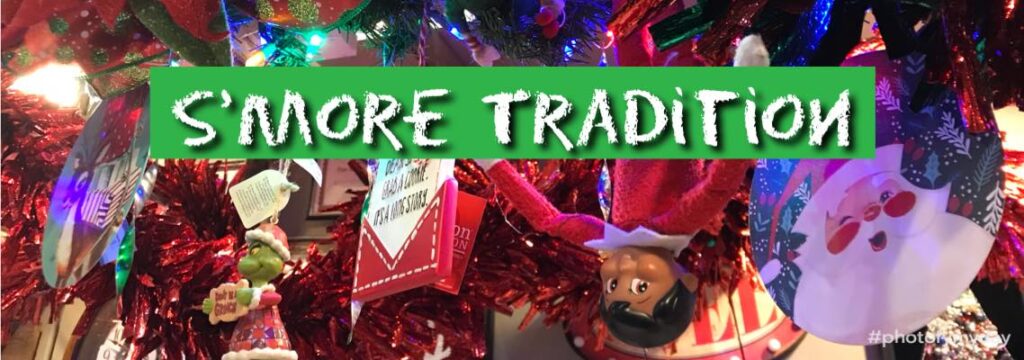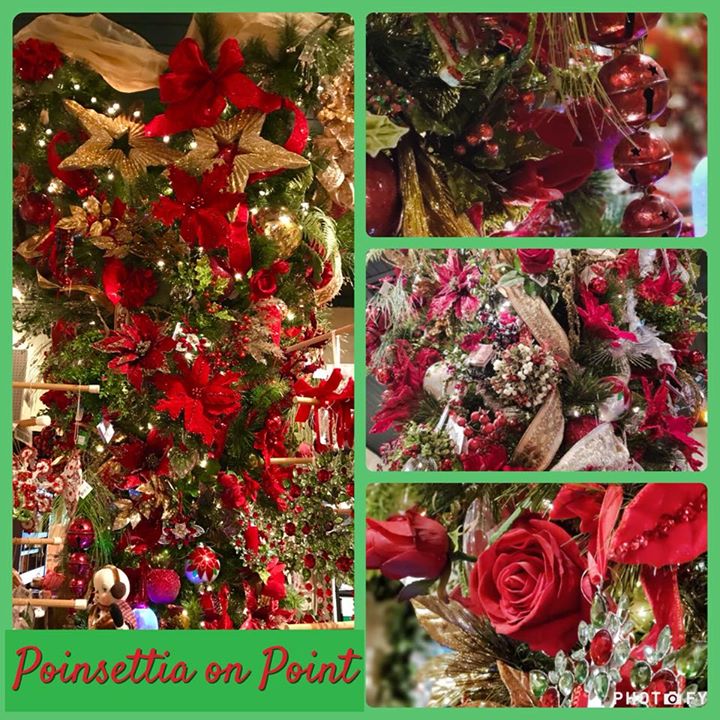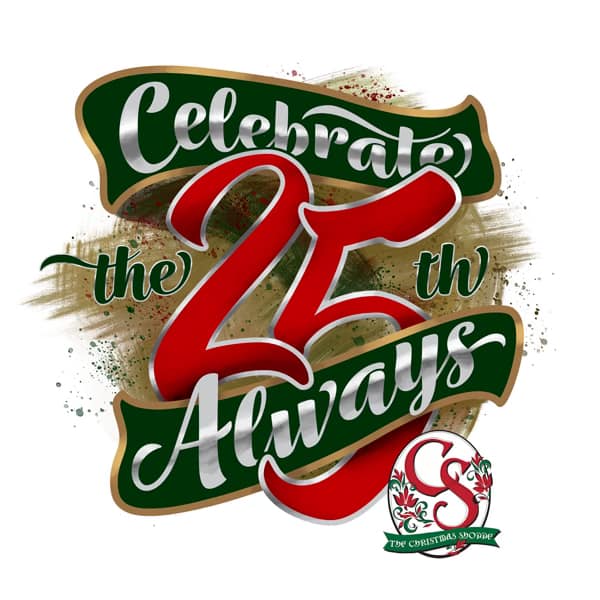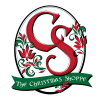
S’more Tradition!
Hello, all my Christmas loving friends! Did you enjoy our little break from full on blogging? Hopefully, you are excited to get back in the swing of things with s’more tradition stories. I am!
I have a great tradition to share, too. Sure, sure! Halloween is this weekend, and you are probably curious about Halloween stuff, but I felt moved, compelled, inspired to talk about where Christmas trees come from. If you can’t stand missing some s’more tradition Halloween stuff, visit these links to get your spooky groove on.
Okay! Enough of Halloween! Let’s get back to this Christmas tree tradition!
It’s not that old of a tradition!
It all began in the 15th century, which is really not that long ago as far as our beloved holiday is concerned.
You see, originally the big celebration for Christmas (Christ’s mass) was to do plays during mass. These plays were about any story from the Bible, not just those about Jesus crucifixion, called passion plays. Well, there was another holiday at the same time called the feast of Adam & Eve which included a “paradise play.”
Just like it sounds, it was a play about Adam & Eve in the garden of Eden. Well, if you are going to do a play about the garden of Eden, you need a tree of the knowledge of good and evil. The only trees that look good in the middle of winter in Europe are evergreens.
As these plays became more popular, people started bringing them into their homes.
Bonus Tradition: Apple Ornaments!
This same tradition is the reason that apple ornaments are some of the oldest Christmas ornaments. During the plays, they needed some type of fruit to put on the evergreen trees that showed up well and looked good in the middle of winter in Europe.
The easiest fruit to use were apples, which could be tied on by their stem. Sometimes they were able to use pomegranates, but those were harder to find in Europe.
This is why most Christmas decorations are red (like the apples and pomegranates) and why most people think Adam & Eve ate an apple in the garden of Eden. (The Bible just calls it “the fruit of the tree of the knowledge of good and evil.”)
So, what about upside down trees?
Every year we get a handful of visitors who worry that upside down trees are somehow anti-Christmas because they have heard of upside down crosses being anti-Christian. This idea has absolutely no basis in historical record. Before the 15th century there was a long tradition of decorating with evergreen boughs and branches for various winter solstice, but never bringing in a full tree and decorating it.
Some, non-Christian holidays involved burning a yule log or decorating a pole, but it takes quite a bit to get from a log or pole to a standing, decorated tree with all its branches.
If you think about it, it would be really odd for someone who opposed Christmas to go to the trouble of putting a tree upside down. It’s way easier to just not celebrate the holiday. So, any notion that upside down trees are to celebrate the winter solstice is just made up.
The truth is that when you hang a live tree upside down, it pulls the water to the tips of the branches causing the tree to stay alive longer, and it looks really good like a chandelier. You can put more ornaments on it, and icicles look really cool on an upside down tree.

I did my research to be sure I got the facts as close to correct as possible. If you want to read more about the history of the Christmas tree, we recommend these three articles:
https://time.com/5736523/history-of-christmas-trees/
https://www.history.com/topics/christmas/history-of-christmas-trees
I hope we have inspired you to not be afraid of the noble Christmas tree whether right side up or upside down and to “Celebrate Always” (I Thessalonians 5:16)!
LOVE FROM,
S’MORE

Want to see my past blogs?
CHECK OUT OUR BLOG ARCHIVE HERE
Want to be the first to see my future blogs?
Want to see what we are up to EVERY DAY?
FOLLOW US ON
TO BE SUPER UP TO DATE!



